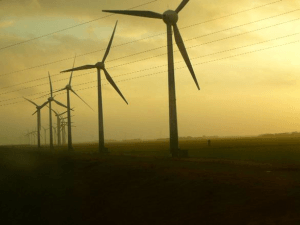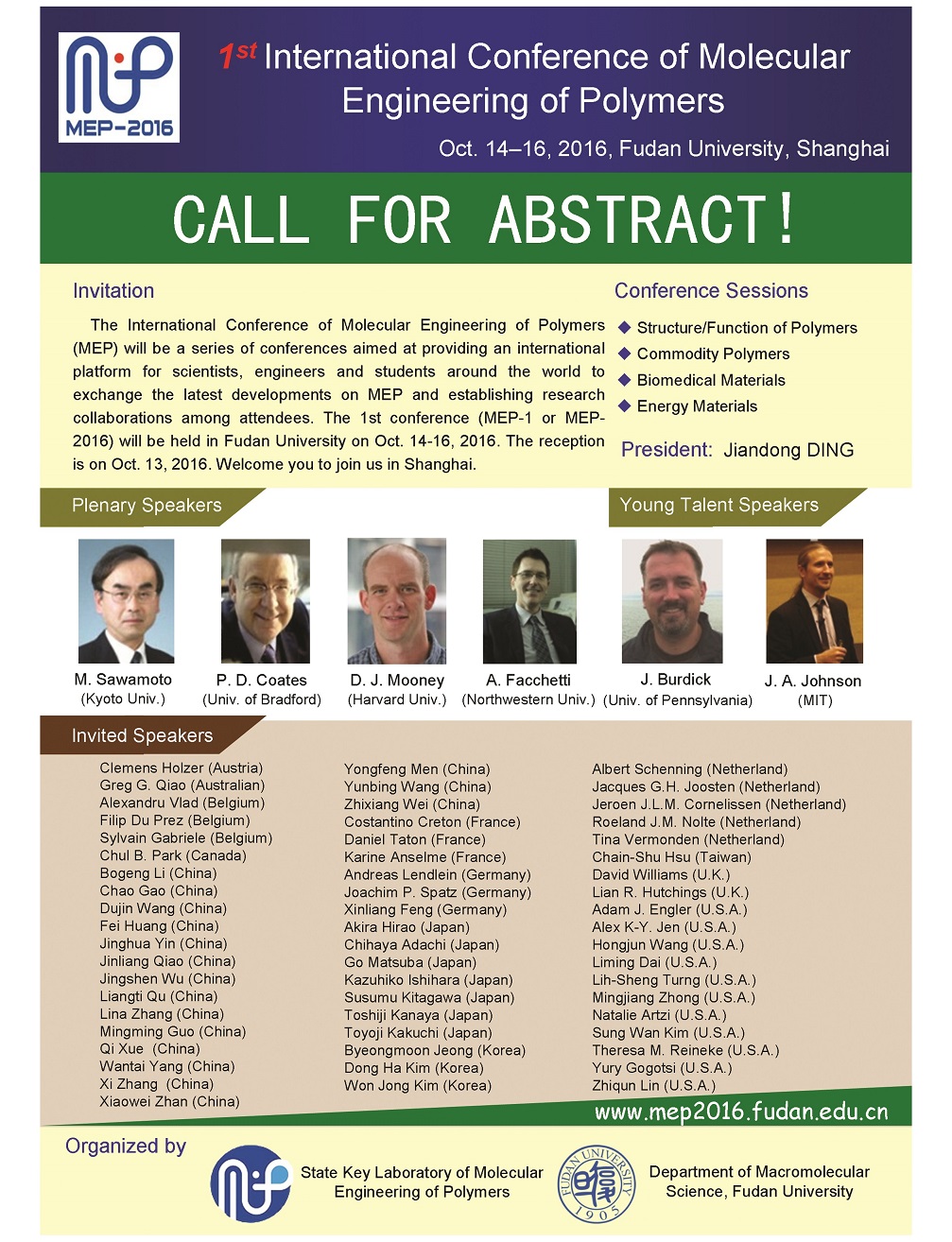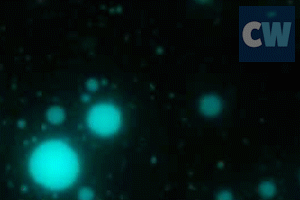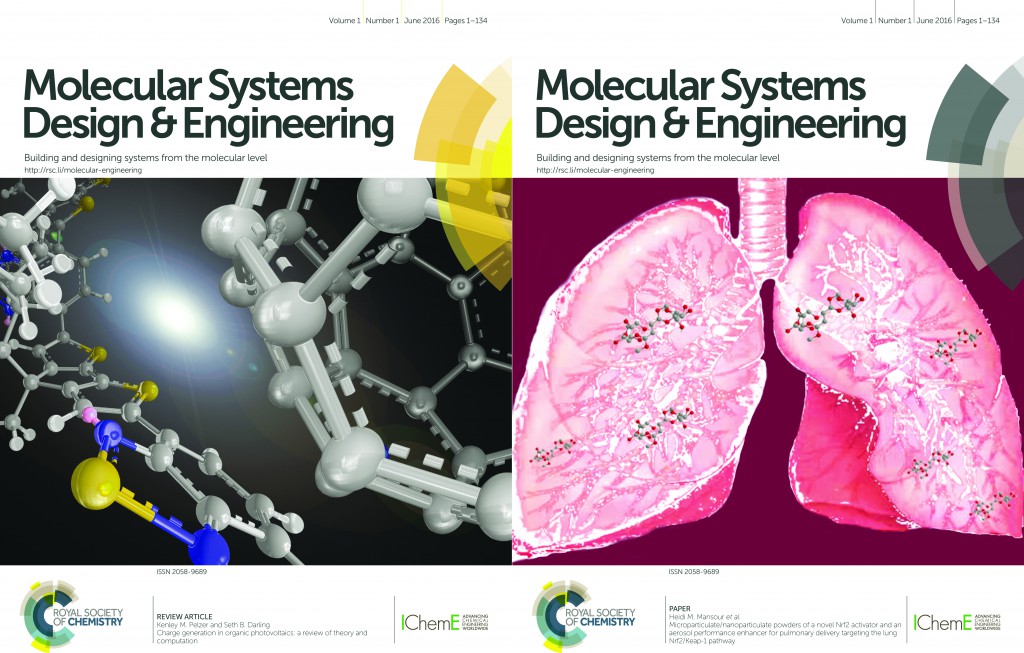
Date: 15 – 16 June 2016
Venue: Intercontinental London – The O2
Chemistry Means Business is our annual two-day event for industry, uniting SMEs, multinational organisations, investors, academic entrepreneurs and decision makers from across the UK and Europe.
View more details and full programme
Over two days:
1 Discover the best ways to commercialise new technologies, build a sound financial strategy and develop your business skills through more than 20 talks, workshops and panel discussions.
2 Find out what GlaxoSmithKline, Pfizer, P&G, Unilever, Croda and Mondelēz are looking for from SME and academic partnerships when they share their technology and supply chain needs on day 2.
3 Hear innovative small companies and university entrepreneurs’ present new technologies in health & wellbeing, energy & environment, food & water and materials sectors to expert panels as part of our Emerging Technologies Competition final – find out who wins in the evening.
4 Use structured networking sessions and one-to-one meetings to form new partnerships, discuss potential relationships and make connections to strengthen your business.
5 Discover new services, specifically created to support scientific companies and early stage businesses. Save time, improve efficiency, and find out what others are doing in four key industry sectors.
Tickets are available until 30 May, so there’s still time to secure your place.
#ChemMeansBusiness
Comments Off on Chemistry Means Business


















